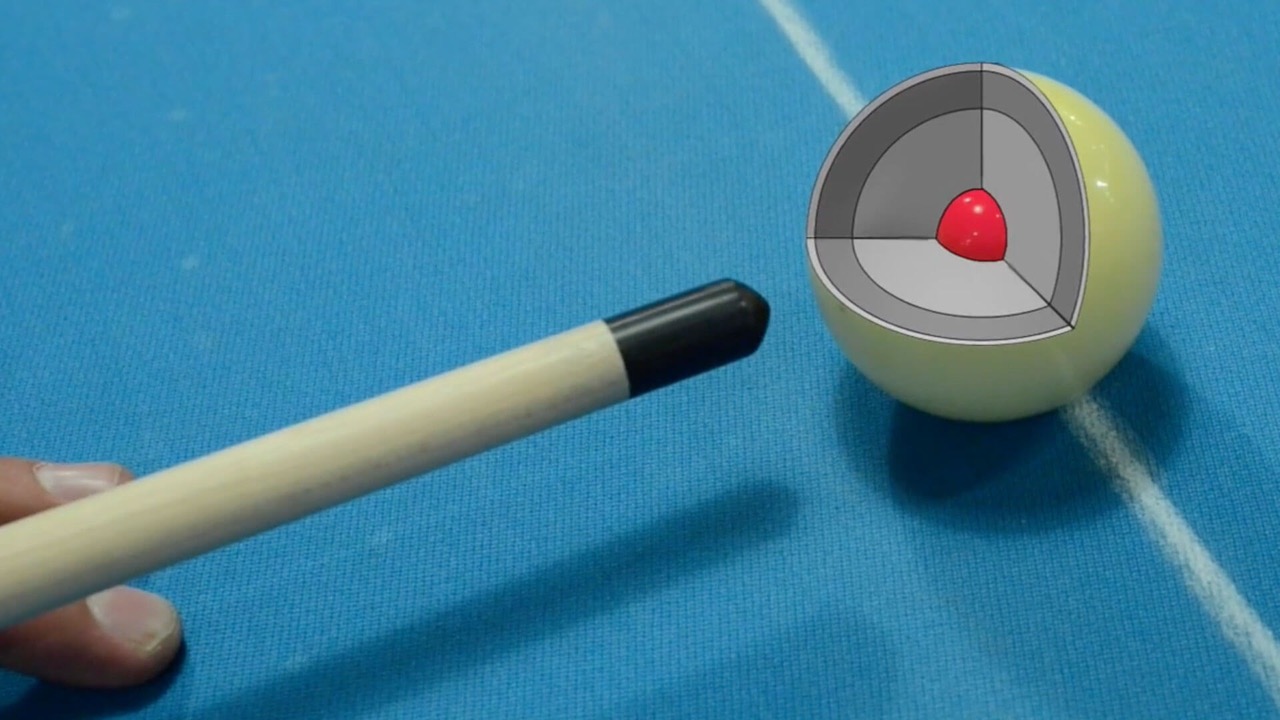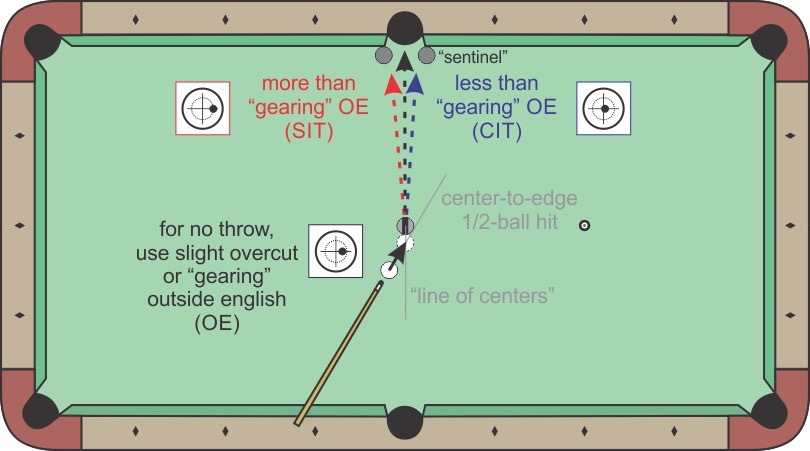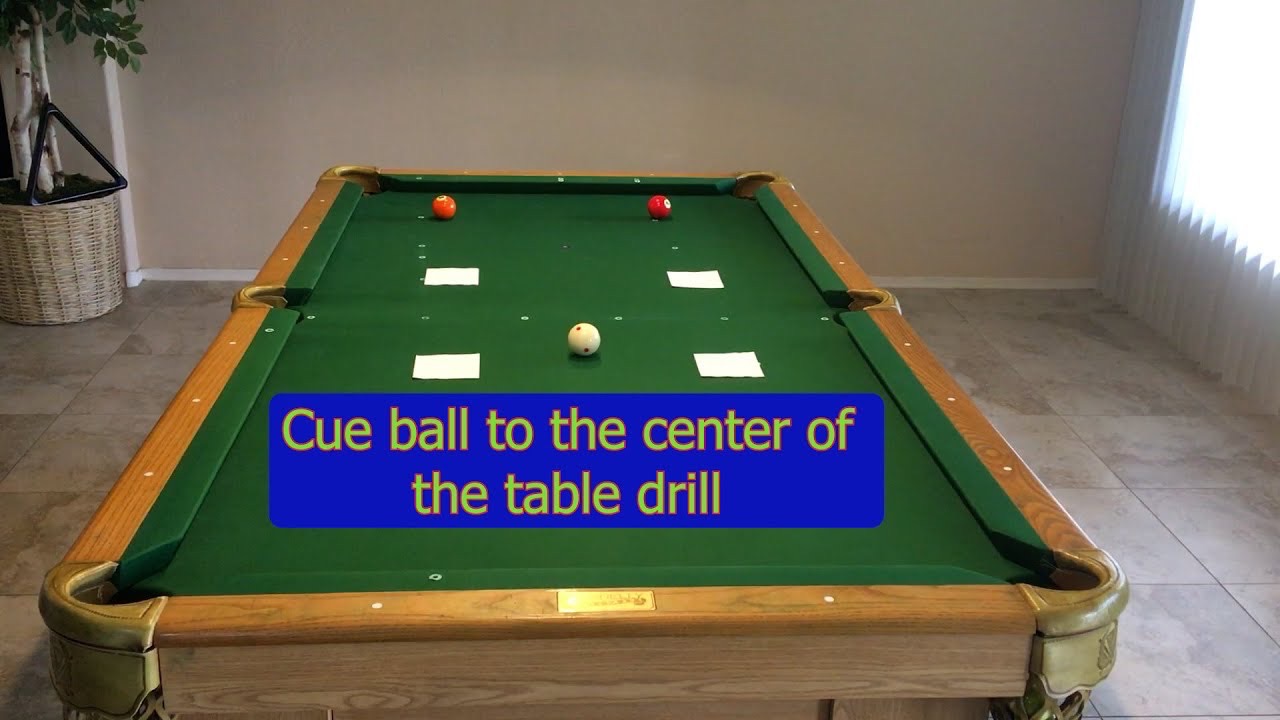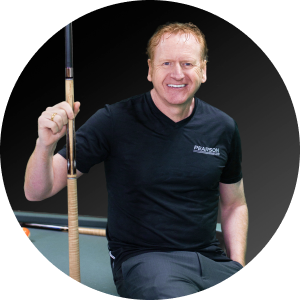How To Shoot Pool Straighter: A Complete Guide
Key Takeaways
- Learning how to shoot pool accurately starts with mastering straight shots, often the hardest because even a tiny misalignment or spin can throw off your aim.
- If you’re missing straight shots, you might be hitting off-center without realizing it due to a common issue called Vertical Axis Perception Error. This leads to unintended spin and inaccurate shots.
- Simple changes like adjusting your head height or practicing center-ball drills can help train your eye and stroke, improving your overall performance in straight pool.

How To Shoot Pool Straight. Source: Billiards Direct
Whether you’re learning how to shoot pool for the first time or refining your straight pool technique, having the right cue makes a huge difference.
From high-precision shafts to custom-fit options, Pearson® Cues helps players at every level shoot straighter and play smarter.
Why Straight Shots Are Tougher Than They Look
Straight pool, also known as 14.1 continuous, is a classic cue sport where players aim to reach a predetermined number of points by pocketing any object ball on the table. Each successful shot earns one point, and the game continues until the target score is achieved.
This format emphasizes precision, control, and strategic planning, making it an excellent discipline for improving overall pool skills.
When most people think about difficult pool shots, they picture complex angles or shots requiring spin. But here’s a surprising fact: how you play straight pool is simple.
Straight shots with “a lot of green” between the balls can be some of the most challenging shots in the game.
Why? There are two key physics reasons when learning how to shoot pool:
- Maximum Throw Effect: On straight-in shots, any sidespin on the cue ball has the greatest possible effect on the object ball’s path. Even a tiny bit of unintentional spin can cause the object ball to “throw” off line.
- The Halfway Point Challenge: Straight shots become most difficult when the object ball is positioned halfway between the cue ball and the pocket. This is when errors in your stroke are least forgiving.

Maximum throw effect. Source: Dr. Dave Pool Info
The good news? If you can master straight shots, your overall game will improve dramatically.
The Hidden Problem: Vertical Axis Perception Error
If you’re consistently missing straight shots, there’s a good chance you’re experiencing what pool instructors call “Vertical Axis Perception Error.” This affects about 75-80% of players, and most don’t even realize it’s happening!
Here’s what it means: You think you’re hitting the center of the cue ball, but you’re actually hitting slightly to one side. This creates unintentional spin and causes the cue ball to “squirt” in the opposite direction of where you’re hitting.
The issue originates from how your eyes and brain work together to perceive the shot. Your “vision center,” the combination of how you use both eyes together, might not be where you think it is.

Vertical axis perception error. Source: PoolDawg.com
Many players assume putting their dominant eye directly over the cue is the correct position, but for most people, that’s not actually true. Your personal vision center is unique to you, and getting it in the right position is crucial for accurate perception.
For right-handed players, the typical error is hitting left of center while believing you’re dead center. For lefties, it’s usually the opposite – hitting right of center.
How to Identify If You Have This Problem
Try this simple test:
- Place the cue ball near one end of the table and an object ball near the other end in a straight line.
- Line up what you believe is a perfectly straight shot.
- Ask a friend to stand at the far end of the table and observe your cue tip position.
- If they tell you your tip isn’t centered on the cue ball (even though it looks centered to you), you’ve identified the problem.
How to Shoot Pool Straightener
1. Adjust Your Head Height
The easiest first adjustment to try is changing your head height:
- If you play with your head very low to the cue (“chin-dragging”), try raising it a few inches.
- If you shoot with your head fairly high, try lowering it closer to the cue.
Set up the straight-shot drill mentioned above, and have someone verify whether your new head position improves your ability to center the cue tip.
2. Focus on the Vertical Axis
The vertical axis of the cue ball can be difficult to see. Try this visualization technique when learning how to play straight pool: line up the top of the cue ball with the top of the object ball from your shooting position. This can help you better visualize the true center line.
3. The Center-Ball Drill
Practice this drill regularly while optimizing how to shoot pool:
- Set up a straight shot with about a table length between the cue ball and the object ball.
- Focus intently on hitting the exact center of the cue ball.
- Have a friend verify your tip position just before you shoot.
- Make the corrections they suggest and shoot again.
- Repeat until you consistently hit the center ball.

The Center-Ball Drill Source: Billiard University (Professor Pool)
In fact, when it comes to how to shoot pool, if you don’t hit the center of the cue ball, two physics effects will happen:
- Squirt is when the cue ball moves in the opposite direction from where you hit it. Hit right of center, and the cue ball “squirts” left of your aim line.
- Throw happens when the spin on the cue ball affects the object ball’s path at impact. On straight shots, even a minor throw can cause a miss.
The longer the shot distance, the more these effects are magnified. With practice, your brain will begin to correctly perceive where the true center is.

Dave Pearson
Dave Pearson, the world's leading pool entertainer, is renowned globally as the ultimate exhibition player.
Boasting 20 world records endorsed by the prestigious Guinness Book of World Records, Dave established a legendary history in the sport industry.
